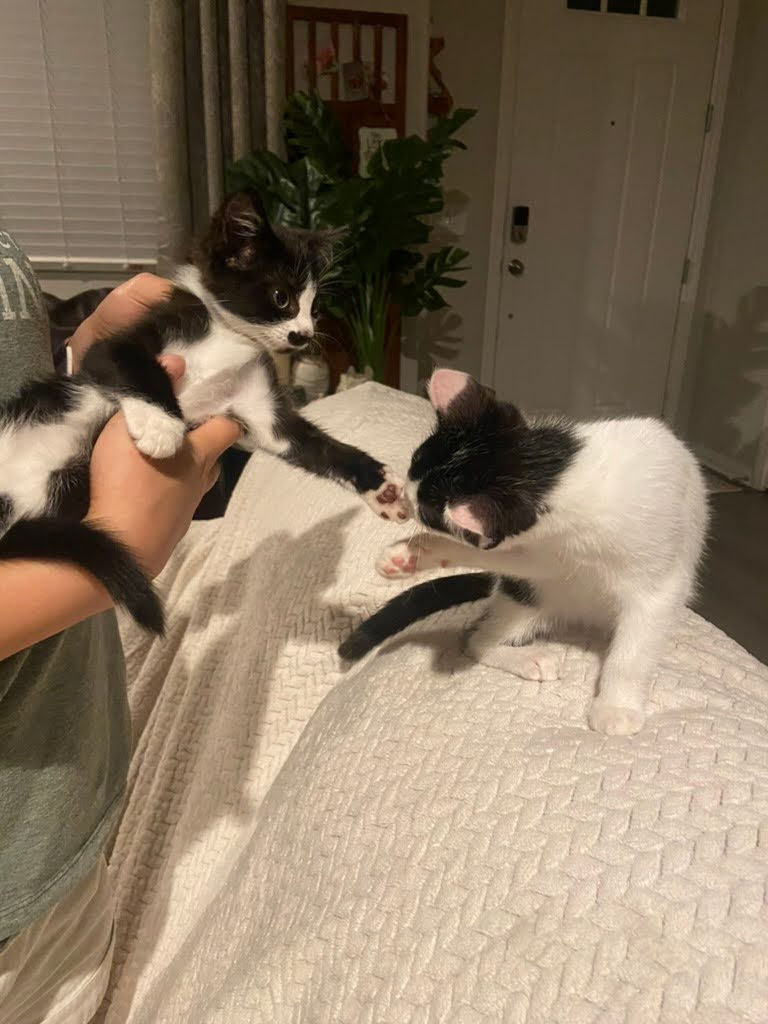Meet Natalie Chan — A SciArtist Blending Biodiversity, Animation and Endless Curiosity
- Melissa Pappas
- Aug 22
- 3 min read
Updated: Sep 4

Natalie grew up between two biodiversity-rich hubs: Hong Kong and California. Despite their status as bustling cities, both offered her quick escapes into wild trails, rocky tide pools and warm waters. Inspired by her mother, an art teacher who taught her that creativity can open fresh perspectives on the familiar, Natalie has long been drawn to colorful, dynamic illustrations and animations that bring science to life. She gravitates toward collaboration with people from diverse fields, asking questions that help her translate research into engaging visuals for audiences who might never encounter these topics otherwise. Whether she’s animating kangaroo rats or sketching sea slugs, her work radiates movement and curiosity.
What did you study in undergrad, and how does it connect to what you do now?
I majored in biology at the University of California, Riverside, where I had what I still consider the dream first job: designing games for UCR Brain Games to improve participant retention in cognitive studies. That’s when I realized gamifying learning could be a powerful way to share science.
As a research assistant, I was immersed in a culture of questioning and problem-solving. Graduate students and professors showed me how fluency in a subject empowers better decisions. Outside the lab, I made it my mission to enroll in every biology class with field trips. Those trips gave me moments I’ll never forget, like seeing a kangaroo rat for the first time, or meeting species I had only ever read about, through the excited lens of specialists who adored their work. I left those days wishing more people could feel that same sense of wonder.
When did you realize you wanted to be at the intersection of art and science?
In my senior year, while wrapping up my research thesis on the potato psyllid, the grad student I worked with suggested, “Why don’t you draw what you’re researching?” I immediately began sketching the insects and found myself falling into a flow state.
A week or so later, she caught me finishing a Zoom meeting about the CSUMB Science Illustration program. Without hesitation, she said, “You should totally apply.” Two weeks before the deadline, I did, and that’s when everything clicked.

What does your time look like, professionally and personally?
Professionally, I stay up to date by reading scientific papers and asking researchers and fellow artists for feedback. I collaborate with people whose excitement matches my own, especially when it comes to colorful creatures or topics people don’t often see illustrated.

Personally, I’m fostering kittens right now (yes, I have a lot of pictures), and I love discovering late-night snack spots with friends. I’m drawn to bustling spaces — comic conventions, raves — where there’s a constant hum of interaction and inspiration. My mom and I still bounce creative ideas back and forth regularly.
If you could design your dream science x art project, what would it look like?
One dream project would be a cartoon series that uses multiple animation styles to explain scientific topics in a way that’s fast-paced, funny and visually rich — the kind of thing kids and adults could watch together and walk away with “Did you know…?” facts.
Another idea: large-scale building installations that double as solar panels. They’d serve as playful, colorful contrasts to architecture while also generating clean energy.
What advice would you give to other emerging creatives of science?
You don’t have to fit into a niche. Draw what excites you. Your genuine enthusiasm will naturally attract people who value your work.
What are your favorite things to draw or animate?
Kangaroo rats, fuzzy insects, whale sharks, sea slugs, swallows and prehistoric animals whose colors we can only imagine. I especially enjoy storyboarding the funny or unexpected situations a critter might find itself in.

What are you working on during your internship?
I’m sharpening my skills in After Effects and Blender to communicate science more effectively and more playfully to the public. My projects include social media animations on:
The importance of kangaroo rats
Bee conservation
Niches in forensic science
A new, less invasive surgical procedure for craniosynostosis in infants
Each project is an experiment in mixing movement, accuracy and style — a step toward my long-term goal of creating large-scale animated series and installations that make science impossible to ignore.
Want to keep up with Natalie’s work? Follow her projects on the ECOS social media platforms as well as her website and Instagram.




Comments